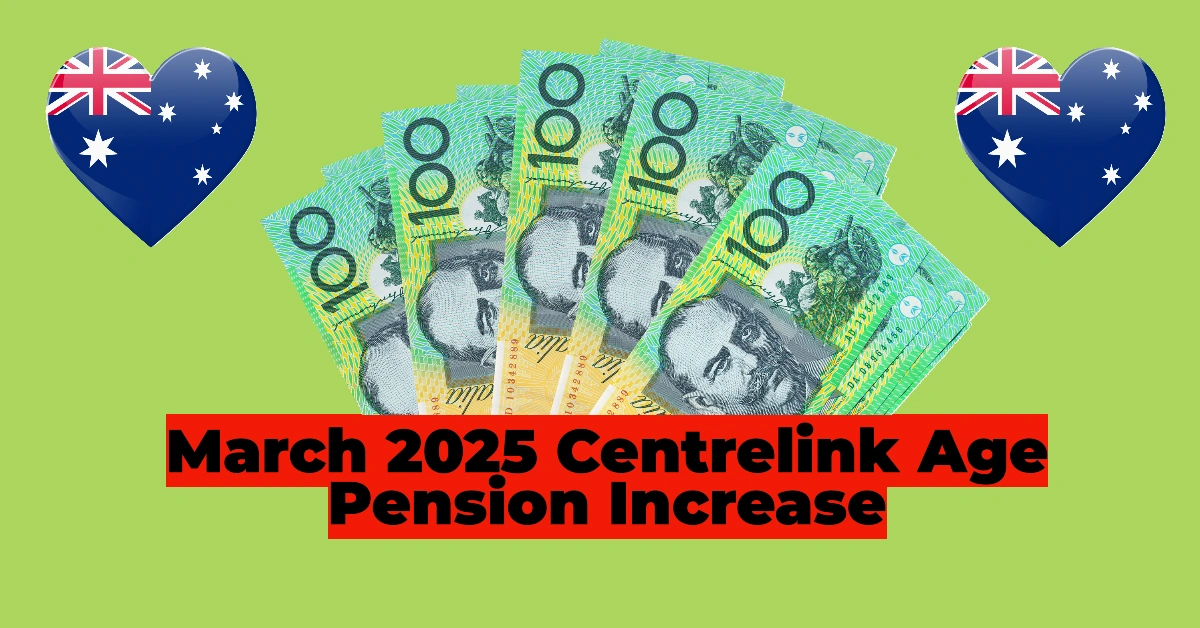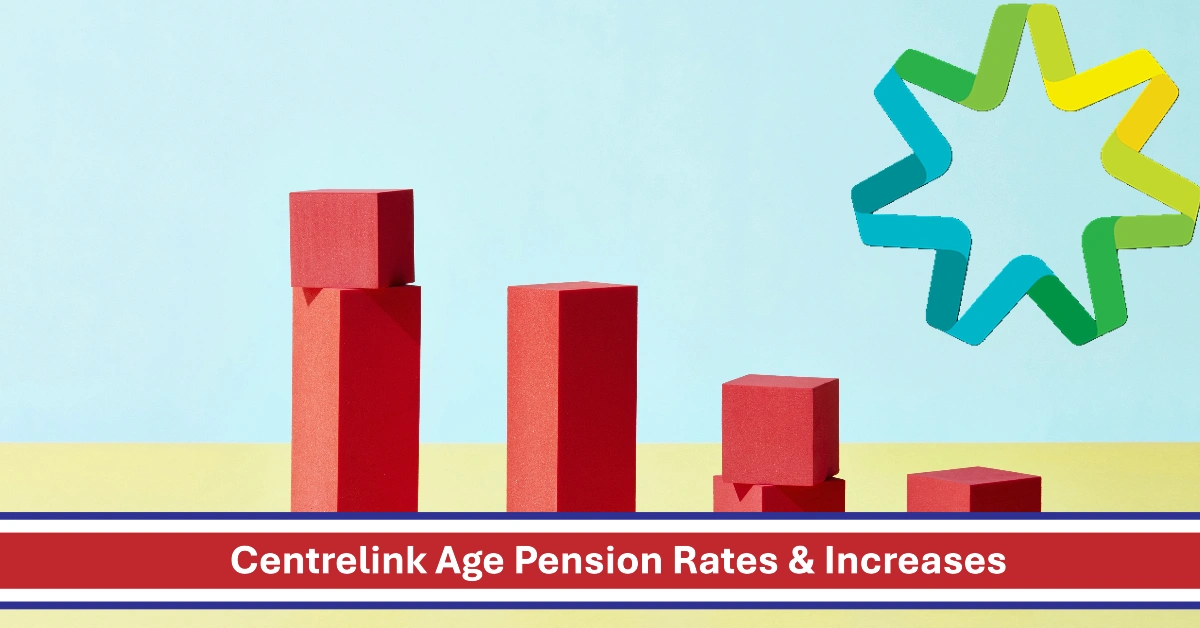The Canadian Radio-television and Telecommunications Commission (CRTC) recently announced new interim wholesale rates for smaller internet providers accessing major telecom companies’ fibre networks, in a bid to lower internet costs and increase competition. This move is part of the CRTC’s ongoing strategy to address Canada’s high internet prices, but skepticism among consumers remains strong, as previous promises of cost reductions have often fallen short of expectations. Here’s what’s at stake and how it might impact Canadian households.
Table of Contents
Background: Why New Rates Matter for Internet Access in Canada
In the Canadian internet market, larger telecom providers like Bell, Rogers, and Telus have long controlled a significant share, limiting the competitive options for consumers. For years, the CRTC has worked to establish policies that enable smaller internet service providers (ISPs) to access the infrastructure of these large telecoms at regulated wholesale rates. This policy, theoretically, allows smaller companies to offer more affordable options by reducing the costs associated with building extensive networks.
In November 2023, the CRTC began by allowing smaller ISPs access to fibre networks in Ontario and Quebec—two of the areas facing the highest competition barriers. Then, in August 2024, the commission expanded this access across Canada, with a planned implementation deadline of February 2025. This latest update finalizes the rates that smaller ISPs will pay, designed to balance fair pricing for consumers while ensuring major telecoms can continue investing in network improvements.


New Wholesale Rates: Balancing Affordability and Network Investment
The CRTC’s latest decision comes after cost analyses of what it takes to operate and maintain fibre infrastructure. The interim wholesale rates are intended to reflect these operational costs while being low enough for smaller ISPs to remain competitive. By regulating these rates, the CRTC aims to create an environment where smaller providers can introduce more budget-friendly internet packages.
CRTC Chair and CEO, Vicky Eatrides, stated that the decision is part of a larger effort to provide more options to Canadians for internet, television, home phone, and other services. Eatrides emphasized that new offers are already emerging in Ontario and Quebec and expressed optimism about extending these benefits across Canada.
Ontario’s Affordable Energy Future: Path to Sustainable Growth and Lower Emissions
Ontario Parks Cancellation Policy 2024: Fees, Site Details, and Contact Information
Ontario Heat Pump Rebate: Eligibility, Application Process & Deadlines
Ontario Driver’s License Renewal Made Easy: Tips and Requirements
Mixed Reactions from Consumers and Industry Experts
The reaction to the announcement has been lukewarm, especially on social media. Many users criticized the CRTC’s pricing structure, arguing that the rates might still be too high compared to the retail prices offered by the major telecoms, which limits smaller providers’ competitive edge. Several responses to the CRTC’s post on X (formerly Twitter) reflect ongoing frustration, with users demanding lower rates that truly challenge the prices of industry giants Bell and Telus.
Some critics went further, suggesting that real competition might require opening Canada’s telecom market to foreign companies, such as U.S.-based providers, to introduce a more robust challenge to existing telecom companies.
Timeline and What Canadians Can Expect Next
With the February 2025 implementation deadline, smaller ISPs are preparing to roll out new service packages across Canada. Many households in rural and underserved areas could benefit as smaller providers expand their reach and introduce new plans. However, until these offers are widely available, consumers are left waiting and hoping for meaningful price reductions.
Key Takeaways: What This Means for Canadians
- Potential for Lower Costs: If smaller ISPs succeed in offering affordable packages under the new rates, Canadians could see lower prices for high-speed internet in the coming years.
- Increased Competition: The access to fibre networks could lead to new services from smaller ISPs, especially in high-demand areas.
- Consumer Skepticism: Given past experiences, many Canadians remain cautious and are watching closely to see if the CRTC’s changes lead to substantial savings.
Only time will tell if this latest effort by the CRTC will live up to its promise of cheaper internet. For now, Canadians may benefit from closely monitoring new ISP offerings as the February 2025 deadline approaches and being vocal about their expectations for affordable, high-quality internet options.









Leave a Reply